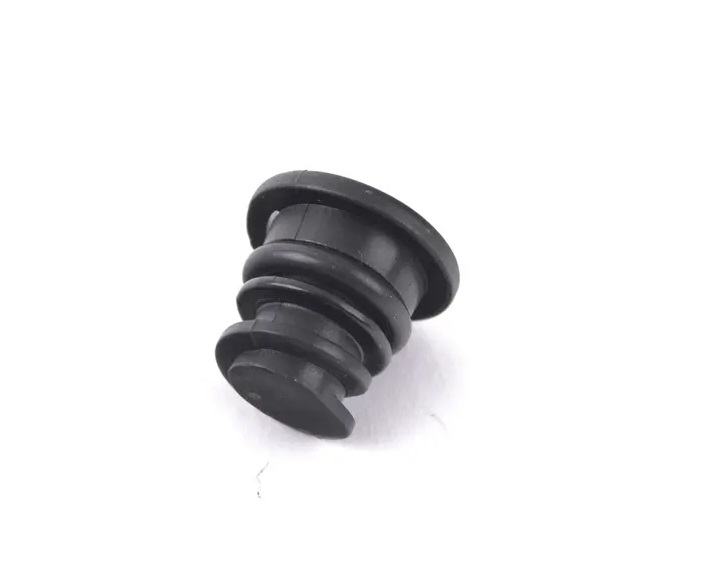o ring
The O-Ring A Small Component with a Big Impact
In the realm of engineering and mechanical design, the significance of small components often goes unnoticed. One such element that plays a critical role in various industries is the O-ring. This seemingly simple rubber ring has a profound impact on the functionality and safety of countless systems, from automobiles to spacecraft.
What is an O-Ring?
An O-ring is a circular, doughnut-shaped component made from elastomeric materials. It is designed to fit into a groove and create a seal between two or more surfaces. This sealing mechanism prevents the escape of fluids and gases, making O-rings vital in many applications. They come in various sizes, materials, and hardness levels, tailored to meet the specific demands of different environments.
Applications of O-Rings
The versatility of O-rings allows them to be used across a wide array of industries. In the automotive industry, O-rings are commonly employed in engines, fuel systems, and braking systems to prevent leaks of oil, fuel, and hydraulic fluids. In the aerospace sector, they play a critical role in preventing gas leaks in rocket engines and ensuring the safety of spacecraft systems.
Furthermore, O-rings find widespread application in household appliances, plumbing, and hydraulic machinery. They are essential in devices such as faucets, air conditioning units, and industrial machinery, where they help maintain pressure and prevent the escape of liquids.
Material Selection
The performance and longevity of an O-ring largely depend on the material from which it is made. Common materials include nitrile, silicone, fluorocarbon, and polyurethane, each with its own unique properties. For instance, nitrile rubber is known for its excellent resistance to oils and fuels, making it suitable for automotive applications, while silicone O-rings can withstand extreme temperatures, making them ideal for applications in ovens and engines.
o ring

Choosing the right material is crucial, as it affects the O-ring’s resistance to temperature fluctuations, chemical exposure, and mechanical wear. Failure to select the appropriate material can lead to premature wear and tear, resulting in leaks and system failures.
The Importance of Proper Installation
The effectiveness of an O-ring is not solely dependent on its design and material; proper installation is equally critical. An improperly installed O-ring can lead to compression failures, extrusion, or snagging, which can compromise the integrity of the seal. Engineers and technicians must follow precise installation guidelines, including ensuring that the sealing surfaces are clean and smooth and that the O-ring is lubricated when necessary. This attention to detail is essential for ensuring a reliable seal and maximizing the lifespan of the component.
Case Study The Challenger Disaster
The importance of O-rings came to light in a tragic and historical context with the Space Shuttle Challenger disaster in 1986. The failure of an O-ring in the solid rocket boosters led to a catastrophic explosion just 73 seconds after liftoff. Investigations revealed that the O-rings had not performed as expected in the cold temperatures on the day of the launch, leading to the decision to proceed with the launch despite warnings from engineers. This disaster underscored the vital role that seemingly minor components like O-rings play in ensuring the safety and success of high-stakes engineering projects.
Conclusion
The O-ring may be a small component, but its impact on various industries cannot be overstated. From ensuring the proper functioning of everyday appliances to playing a pivotal role in high-stakes aerospace missions, O-rings are integral to modern engineering. Acknowledgment of their importance extends beyond mere recognition; it necessitates meticulous material selection, proper installation, and ongoing maintenance to prevent catastrophic failures.
As technology continues to advance, the role of O-rings will likely evolve, but their fundamental function as reliable seals in mechanical systems will remain unchanged. Understanding and appreciating the significance of this small yet mighty component is essential for engineers, designers, and manufacturers alike, reminding us that sometimes, the smallest parts can make the biggest difference.
-
The Ultimate Guide to Boat Propeller Bearings and Trailer Wheel Bearings
News Jul.31,2025
-
The Essential Guide to Marine Bearings and Boat Trailer Wheel Bearings
News Jul.31,2025
-
The Complete Guide to Heavy Duty Seals: Protecting Doors and Spaces Efficiently
News Jul.31,2025
-
Essential Guide to Marine Shaft Bearings and Boat Trailer Axle Bearings
News Jul.31,2025
-
Comprehensive Guide to Marine and Trailer Bearings for Safe Boating and Transport
News Jul.31,2025
-
Comprehensive Guide to Automotive Oil Seals: Protecting Your Engine and Shafts
News Jul.31,2025
-
Understanding Automotive Oil Seals: Essential Components for Engine and Shaft Protection
News Jul.30,2025
Products categories















